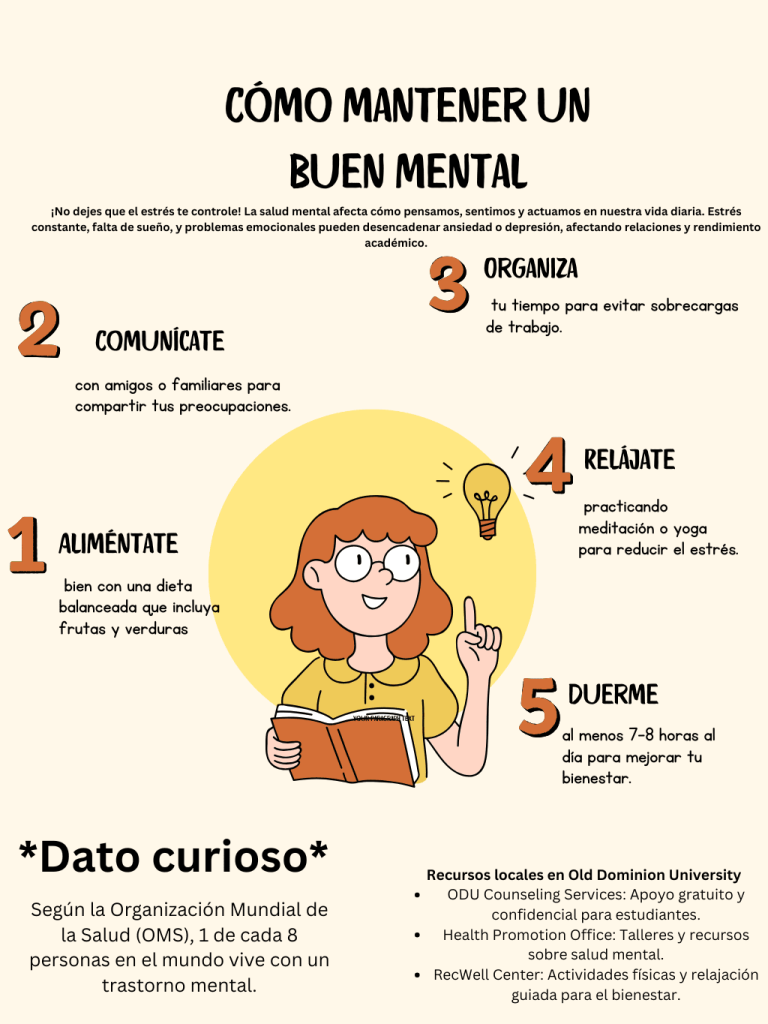Learning a new language gives you more than just the capacity to speak; it also helps you develop critical thinking abilities and comprehend different points of view. I developed transferable skills in Spanish 102 that closely match my goals as a cybersecurity professional, while also gaining insightful knowledge about Hispanic culture.
Experience
I studied multiple aspects of Hispanic culture in Spanish 102, such as food, sports, variations of language, and tools like Lingro Learning. Studying traditional foods like arepas and paella, which shed light on the relationship between food and cultural identity, was one of the highlights. Studying well-known sports like fútbol also made clear the enduring enthusiasm and sense of community that these activities foster. I gained confidence in my ability to speak Spanish thanks to Lingro Learning’s assistance with vocabulary and grammatical challenges.


Discipline
Discipline is essential in both cybersecurity and Spanish studies. Just as mastering cybersecurity demands being up to date with technological developments and legislation, mastering Spanish requires constant practice in grammar, vocabulary, and cultural awareness. For example, comprehending the complexity of the Spanish language is similar to examining network protocols in that both need for accuracy and focus. Spanish 102’s cultural insights improved my understanding of different viewpoints, which is crucial for cybersecurity when dealing with worldwide online dangers.
Transfer
My cybersecurity studies benefit greatly from the communication and problem-solving abilities I learned in Spanish 102, especially when interacting with differed teams and going through intricate systems. For example, I found it really difficult to learn about formal and informal commands in Spanish. I had to be very aware of the situation, the audience, and the cultural norms in order to know whether I should use formal commands (usted) against informal commands (tú). The strict awareness needed in cybersecurity whether customizing security policies or interacting with many stakeholders, including technical teams, executives, or end users, is reflected in this complex decision-making.
Integrated Communication
Through exercises like listening, projects, and social discussions with classmates, Spanish 102 placed a strong emphasis on integrated communication. These experiences prepared me for cross-cultural communication, a crucial skill in cybersecurity. For example, speaking Spanish while discussing cultural subjects improved my communication skills, which are important while trying to explain technical cybersecurity concepts to stakeholders who are not technical. Another thing that helped me with communication is a project I worked on in class, it is flyer discussing how to maintain good health.

Self-Assesment
When I think back on my development, I’ve come a long way in terms of understanding and communicating concepts in Spanish. Understanding cultural viewpoints was intimidating at first, but it became doable with the help of tools like Lingro Learning and studying. This mirrors my cybersecurity journey, where initial challenges in grasping complicated concepts are overcome with practice and the right tools. In order to promote inclusion and improve problem-solving in international settings, I hope to further include cultural understanding into my cybersecurity approach in the future.